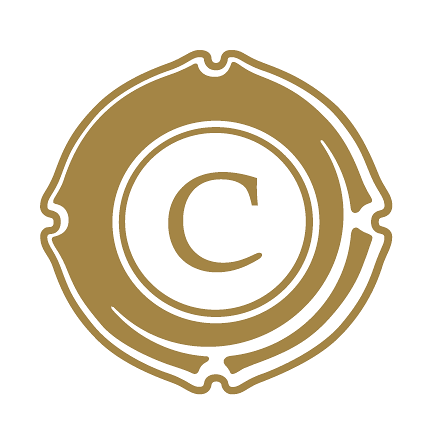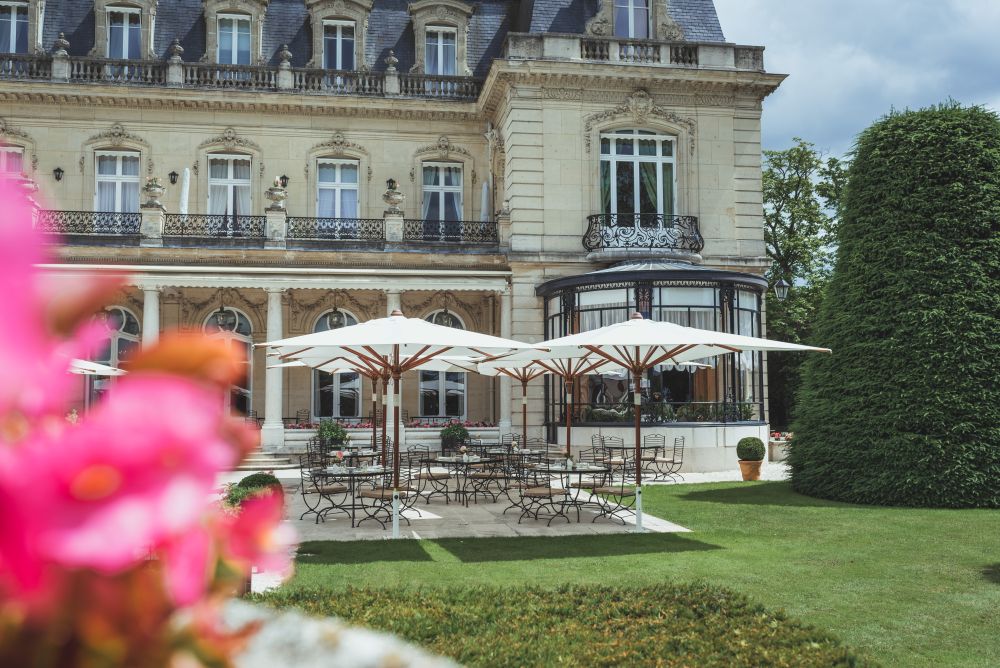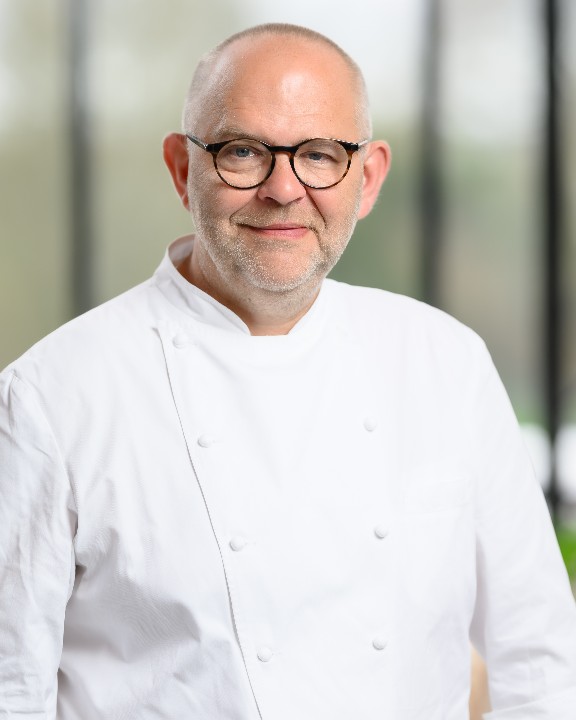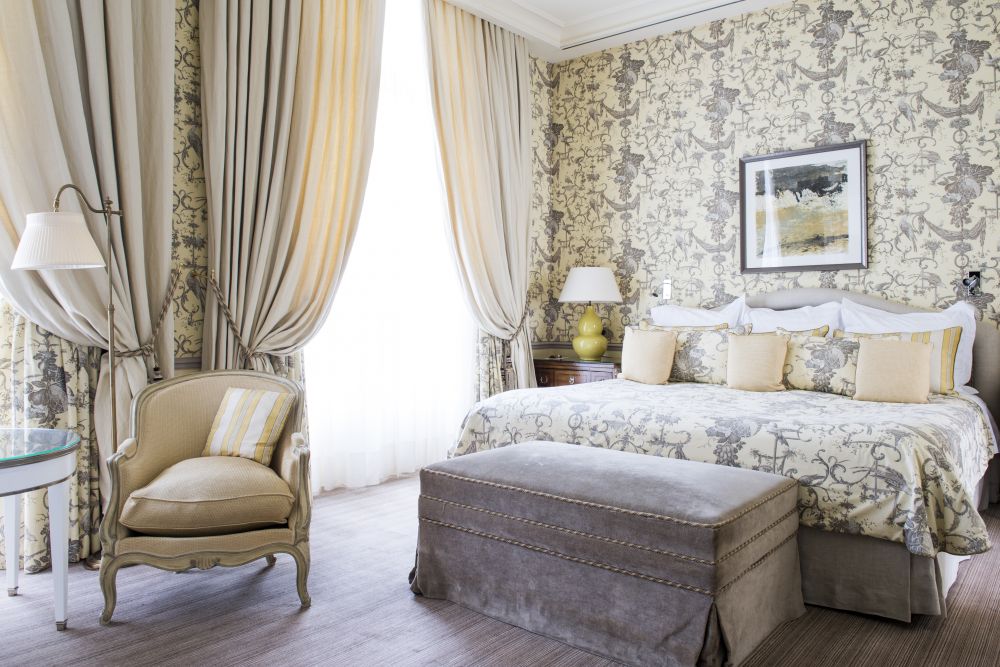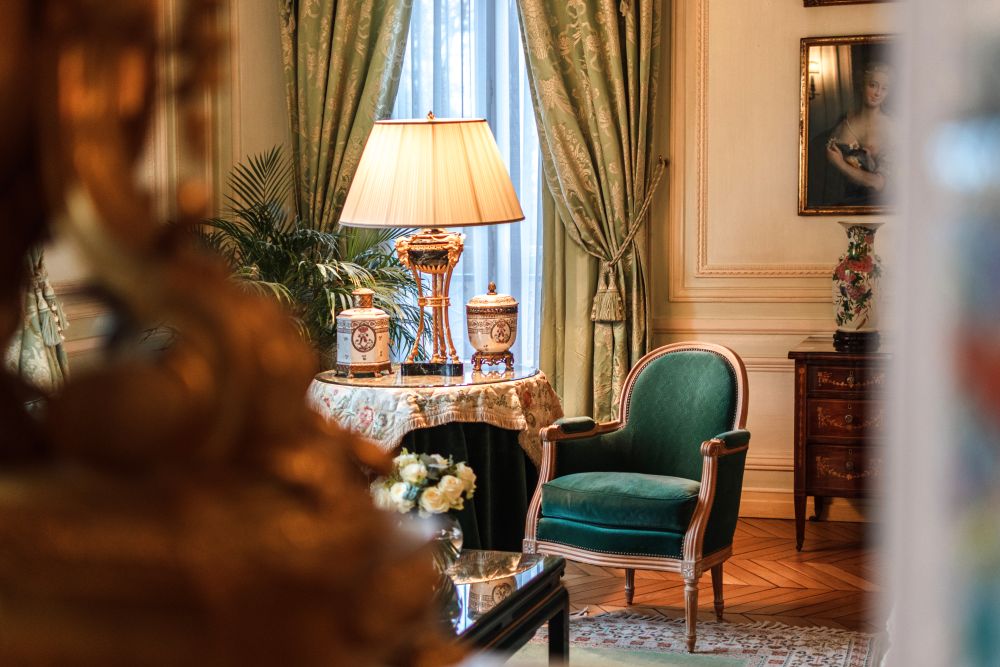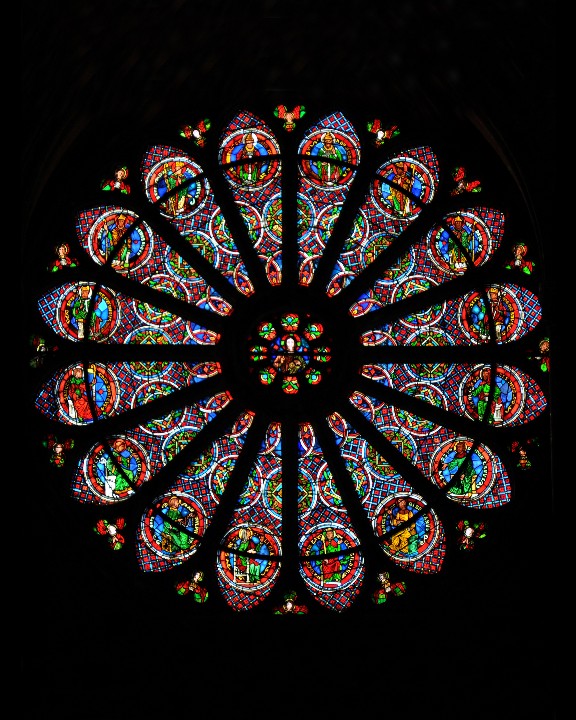 All Articles
Agenda
Art
Destination
Escape
Gastronomy
Group
Hotel
All Articles
Agenda
Art
Destination
Escape
Gastronomy
Group
Hotel
 Architecture
Art
Automotive
Fashion
Gastronomy
Architecture
Art
Automotive
Fashion
Gastronomy

The story of champagne dates back to the Gallo-Roman era when the cultivation of vines took off in Champagne.
THE ORIGINS OF A GREAT WINE
Recent discoveries confirm that home-grown vines existed in Champagne as early as the 1st century AD. Though it was not until the Middle Ages that interest began to grow, with development of vine-growing by the clergy. The earliest traces indicate that widespread vine-growing activity in the region was connected to the Church. After a respite during the Hundred Years' War, vines took off again from the end of the 15th century. In 1670, the recipe for champagne such as we know it today underwent a real revolution thanks to a Benedictine monk answering to the name of Dom Pierre Perignon. He experimented with vinification methods for effervescent wines on those from the Champagne vineyard in his Abbey of Hautvillers, enabling champagne to offer improved quality. A visit to this picturesque village is well worth the detour, with its narrow streets, wrought-iron signs, and the abbey church, in which one finds the tombstone of Dom Perignon, seen as the spiritual father of champagne.
THE "ROUTE TOURISTIQUE DU CHAMPAGNE"
The "Champagne Tourist Route'' offers magnificent scenery, still featuring many medieval vestiges. Covering over 500 km, the six signposted circuits wind their way around the vineyards on hillsides playing host to Champagne's villages, castles and churches. The chance to explore the riches of the local terroir, meet wine-producers and attend tasting sessions to refine your palate. Among essential places to visit, don't miss the famous Avenue de Champagne in Épernay, lined with the most prestigious firms such as De Castellane, where you discover an astonishing tower 66 metres high, Moët & Chandon with its fabulous Orangery, or Mercier and its "foudre" (thunderbolt), the largest wine barrel in the world. Reims also offers some amazing discoveries underground, with 250 kilometers of cellars and chalk quarries listed in UNESCO's World Heritage. They host bottles bearing the labels of Charles de Cazanove, Lanson, Mumm, Ruinart, Taittinger, Veuve Clicquot and Vranken-Pommery.
Cover: Johann Wilhelm Preyer, Nature morte avec du Champagne, 1859.
DID YOU KNOW?
To contact Reception or make a reservation, click on the bell.

